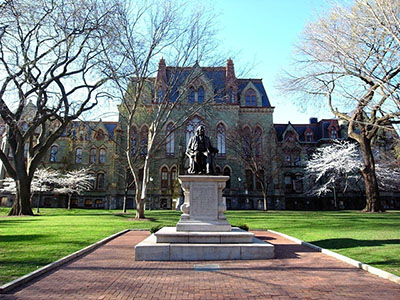-
Applications of intelligent detectors
Applications will define the physics requirements. For example in the case of a track angle measurement device, is something that can measure angles with a certain resolution at a certain rate actually useful? What separation and position of layers is needed and what pixel of strip size. Never mind how to connect it all together.
-
Coupled layer and monolithic architectures
Basic designs for trackers that measure angle, or some other primary. Not so much emphasis on the application itself, but in the construction and operation.
-
Development of specific components, for example low mass interposers
R&D work on novel interconnects etc.
-
Electronic circuits (3D and conventional)
Development of new IC's for implementation of on-detector intelligence.
-
High speed communication
High bandwidth connections to the off-detector DAQ may be needed. How can they be implemented?
-
System integration
Cooling, mechanics, etc. to solve specific challenges presented by structures implementing local intelligence (as opposed to generic developments applicable to conventional trackers).
-
Real Time Pattern Recognition
-
Advanced Algorithms
Choose timezone
Your profile timezone:
